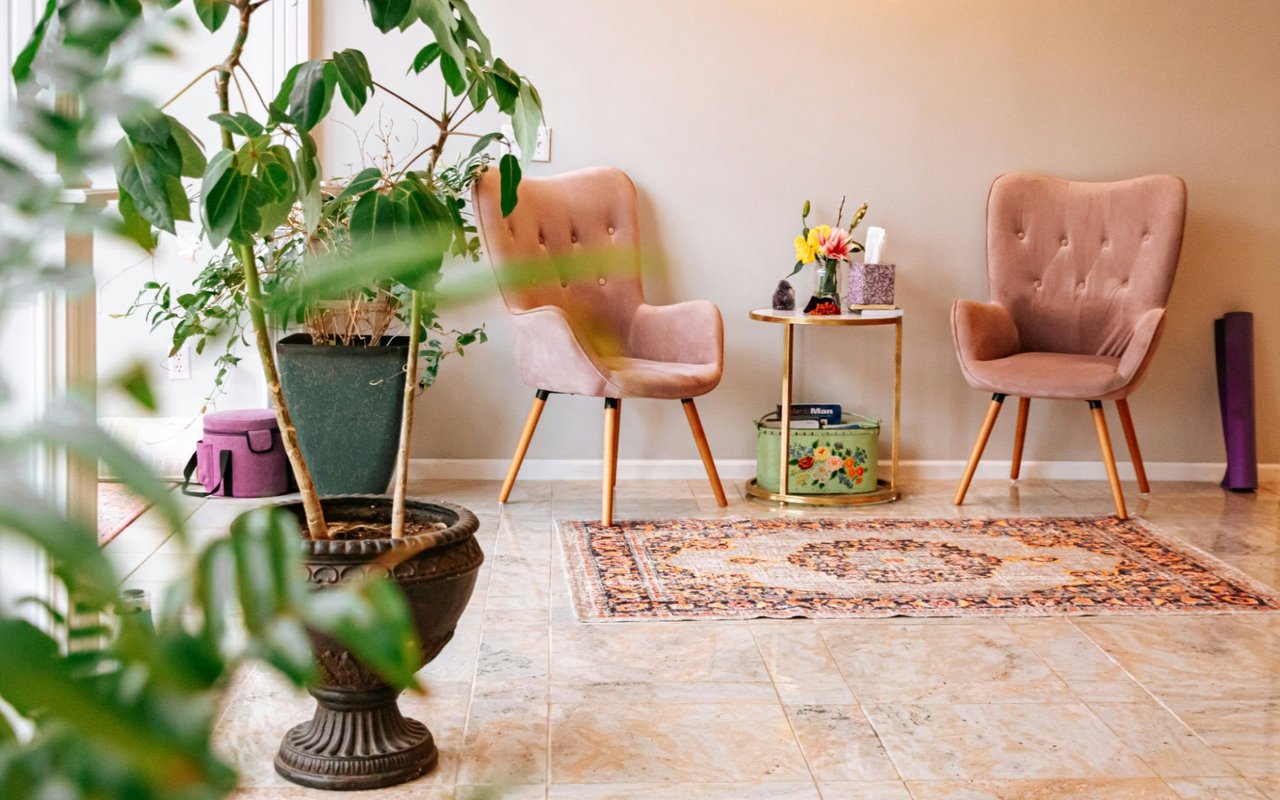Choosing the right paint color for a room might seem like a simple task, but the impact of color on mood, perception, and overall aesthetics is profound. Understanding the science behind color selection can transform a mundane space into a harmonious and vibrant environment that reflects both functionality and personality. This article delves into the science of color, offering practical advice on how to choose colors for a room to create the desired ambiance and aesthetic appeal.
Understanding the Basics of Color Science
At its core, color science is the study of how colors are perceived by the human eye and how they interact with light. Colors are the result of specific wavelengths of light being absorbed or reflected by objects, with the remaining wavelengths being detected by our eyes. This basic principle underpins the psychological and emotional responses we have to different colors.
Color perception is also influenced by cultural associations, personal experiences, and even the time of day. For instance, red might evoke feelings of warmth and passion, but it can also induce anxiety or overstimulation if used excessively. Similarly, blue is often associated with calmness and serenity but can feel cold or distant when used in isolation.
The Psychological Impact of Colors
When selecting paint tones, it’s essential to consider the psychological effects colors can have on the occupants of a room. Each color has the power to influence mood and behavior, making it crucial to choose wisely based on the room’s intended purpose.
-
Red: Known for its intensity, red can increase energy levels, stimulate conversation, and even raise blood pressure. It’s an excellent choice for dining rooms or spaces where social interaction is encouraged, but it might be overwhelming in a bedroom or a quiet study.
-
Blue: Often associated with calm and tranquility, blue is ideal for bedrooms and bathrooms. It helps lower heart rates and can create a soothing environment. However, it’s important to choose the right shade, as darker blues can feel somber and cold, while lighter shades tend to be more uplifting.
-
Yellow: Symbolizing sunshine and happiness, yellow is perfect for kitchens, dining areas, or any room where a cheerful atmosphere is desired. However, too much yellow can lead to feelings of frustration or anger, so it’s best used as an accent color rather than a primary tone.
-
Green: Representing nature and renewal, green is one of the most versatile colors. It’s calming like blue, but with added warmth thanks to its yellow undertones. Green works well in almost any room, promoting relaxation and balance.
-
Purple: A color historically associated with luxury and creativity, purple can add a sense of sophistication to a room. Lighter shades like lavender are calming and are great for bedrooms, while deeper purples can add drama and richness to living rooms or dining areas.
-
Neutrals: Colors like white, gray, and beige are staples in interior design due to their versatility. They serve as a perfect backdrop, allowing other colors to stand out. Neutrals are also excellent for creating a clean, sophisticated look and can be used in any room.
Practical Tips for Choosing Paint Tones
Now that the psychological impact of colors is understood, the next step is applying this knowledge practically. Here are some expert tips on how to choose colors for a room:
-
Consider the Room’s Purpose: The function of the room should guide the color choice. For instance, a bedroom should promote rest and relaxation, making soothing colors like blues, greens, and soft neutrals ideal. In contrast, a home office might benefit from colors that enhance focus and creativity, such as muted greens or light purples.
-
Assess the Lighting: Natural and artificial light greatly influence how a color appears. Rooms with ample natural light can handle darker or more vibrant colors, as the light will balance the intensity. Conversely, in a room with limited light, lighter shades are recommended to avoid making the space feel smaller or gloomier.
-
Use the 60-30-10 Rule: This classic interior design rule helps in creating a balanced color scheme. Use 60% of a dominant color (often a neutral), 30% of a secondary color (a bolder hue), and 10% of an accent color (brighter or contrasting) to add depth and interest.
-
Test Before You Commit: Always test paint colors on the walls before making a final decision. Paint small swatches in different areas of the room and observe how the color changes throughout the day under various lighting conditions.
-
Don’t Forget the Ceiling: Ceilings are often neglected but play a crucial role in the overall feel of a room. While white is a safe and common choice, using a slightly lighter shade of the wall color can create a cohesive look. For a bold statement, consider painting the ceiling a contrasting color to add an unexpected twist.
-
Harmonize with Existing Elements: Consider the color of existing furniture, flooring, and fixtures when selecting paint tones. The goal is to create harmony, so choose colors that complement these elements rather than clash with them.
Color and Space Perception
Colors can also influence the perception of space within a room. Lighter colors tend to make a room feel larger and more open, which is ideal for small spaces like bathrooms or cozy bedrooms. On the other hand, darker colors can make a large room feel more intimate and cozy. If a room feels too vast or empty, using a deeper shade can add warmth and reduce the sense of emptiness.
Enhance Your Living Spaces with Expert Color Choices
The science of color is a powerful tool in interior design. By understanding how colors affect mood, perception, and the overall atmosphere of a space, one can make informed decisions that enhance the functionality and aesthetic appeal of every room in a home. When choosing colors for a room, consider the psychological impact, the room's purpose, and the existing elements to create a harmonious and inviting environment. Whether aiming for a tranquil bedroom, a lively kitchen, or a sophisticated living room, the right color choice can transform any space into a reflection of personal style and well-being.
If you're considering buying or selling a home or simply want to elevate your living environment, the real estate experts at Local Life are here to help you make informed decisions that will enhance your home's aesthetic and marketability. We help our clients with design services, in addition to all real estate needs. Contact us today to learn more!



